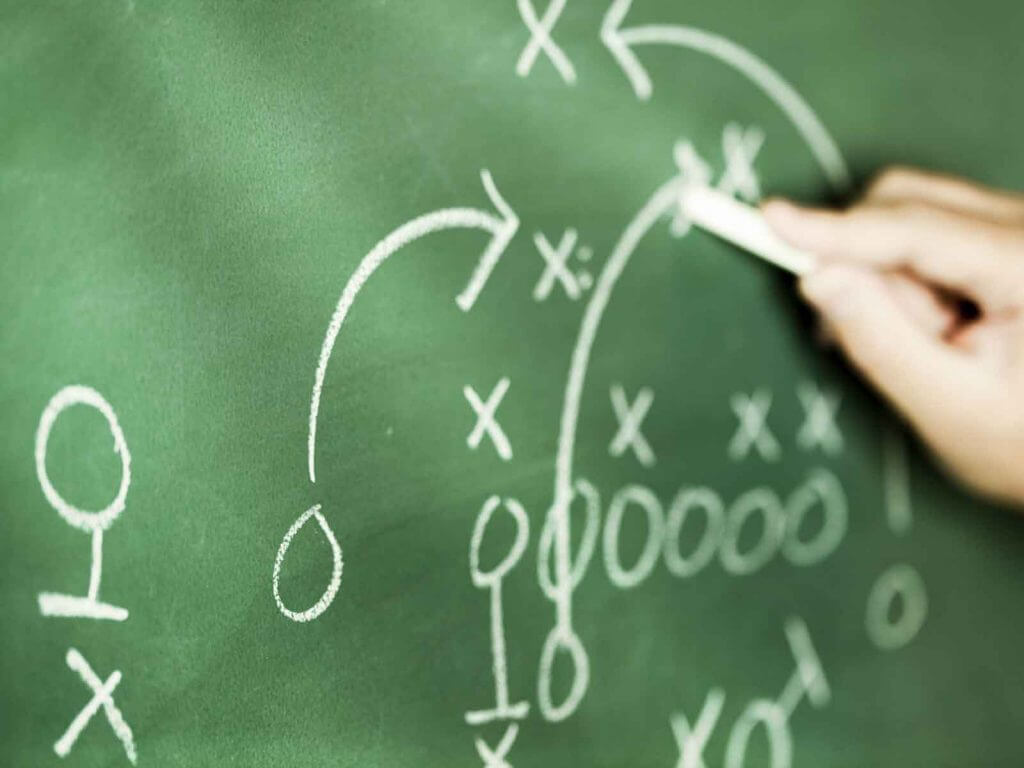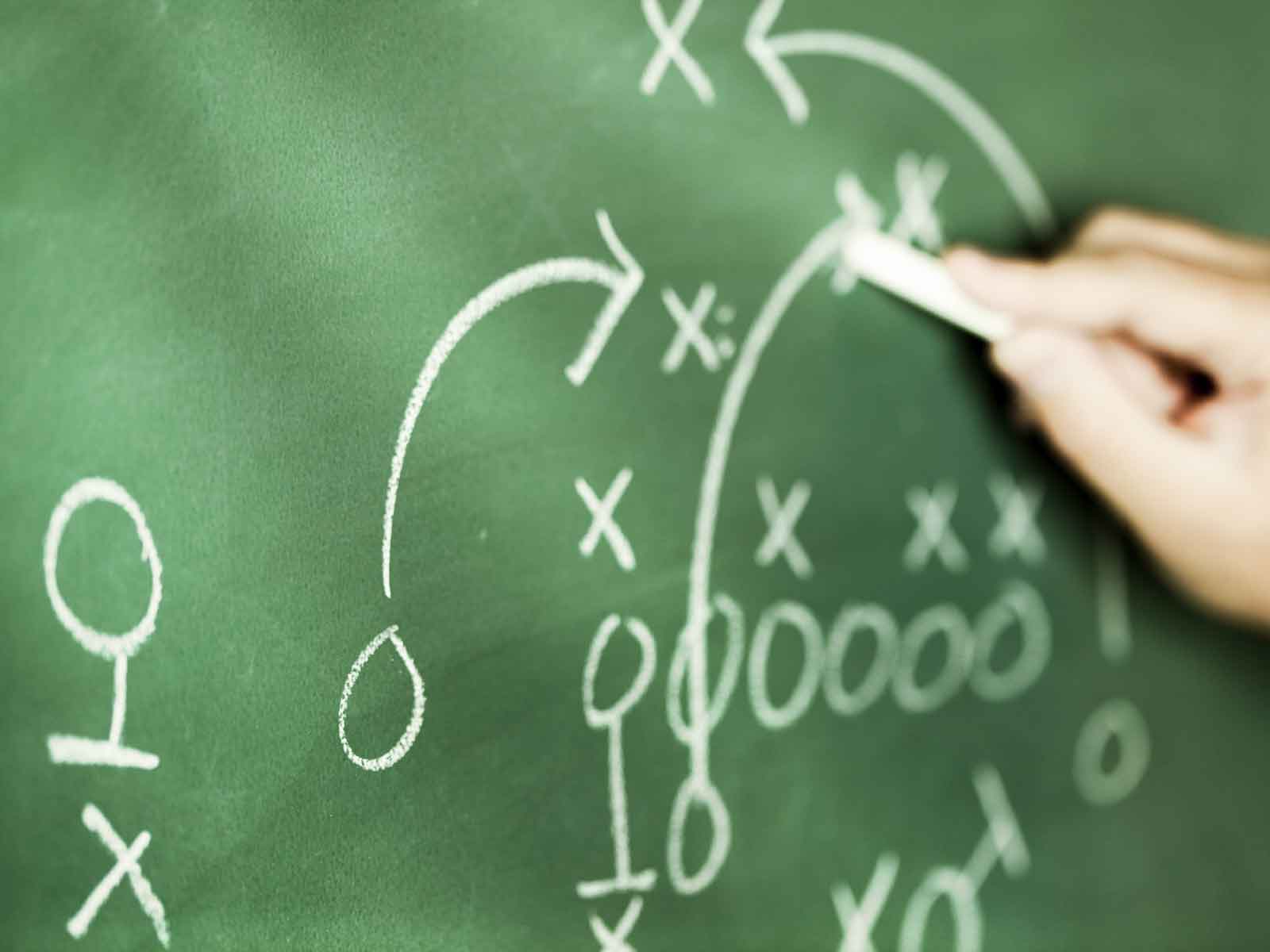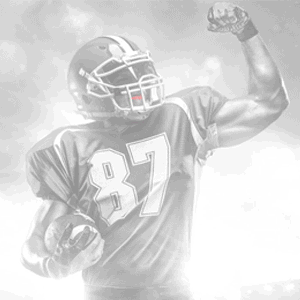5 Tips To Make Sure Next Season Is A Success

 It may not feel like it, but we are blazing through summer and next season is coming up on the horizon. That means it’s time to start thinking about the upcoming year and what you’ll need to do to be prepared.
It may not feel like it, but we are blazing through summer and next season is coming up on the horizon. That means it’s time to start thinking about the upcoming year and what you’ll need to do to be prepared.
Whether you’re a coach, athletic trainer or player, here are five tips you need to know to make next season a successful one:
1. Take Stock Of Last Season
In order to properly prepare for the next season, you first must review and understand the ‘whats,’ ‘whys’ and ‘whos’ of the season you just completed.
For coaches and athletic trainers, understanding the previous season actually helps to improve your team as they move into the next. Whether the past season was a roaring success that finished with a trophy or an abject failure that ended in tears, the offseason is a time to look back and reflect on what worked, what didn’t work and what needs to change.
Are there mistakes that were made that may be corrected? Do you need to do a better job of communicating with your players? When you know the strengths and weaknesses of your team and your players, you have the ability to make calculated improvements where they are needed.
For players, last season is simple: it’s over, move on. One of the most dangerous things any athlete could do is to dwell on past performances — good or bad. Sure, you certainly want to build upon the improvements you made throughout last season and correct any imperfections in your game; but leave last season where it belongs: in the past.
2. Take Stock Of Your Team
Change affects everyone — from the coaches to the athletic trainers and on down to the players — and it’s important to get properly adjusted. A new crop of players or a fresh face on the coaching or training staff means different things to different members of your team.
If you’re an athletic trainer, it’s imperative to get those new members of the training staff up-to speed on the team’s procedures and make certain they are ready to handle every situation as it arises. And incoming players bring along fun, new challenges with them as well! Do any of your new athletes have pre-existing injuries to look out for or any special needs that you must pay attention to?
If you’re a coach you also need to be aware of changes in your personnel. Are you familiar with the new staff and are they comfortable with your schemes, systems and style? If you have new players, are you able to rely on your veteran players to help show them the ropes or do you need new players to step up immediately?
Changes to the coaching staff and an influx of new teammates also have an effect on the players themselves. As an athlete, you need time to gel with your new teammates and as new players join, old ones leave. Is it your turn to step up and become a leader?
3. Take Stock Of The Competition
Of course, change doesn’t just occur on your team; change is happening all around your league. That means teams who were basement-dwellers last year are improving, while the cream of the crop is trying to stay at the top. Understanding the intricacies of your league and how it may have changed should impact your game plan and expectations.
Who are the new players to look out for? What new schemes are coaches cooking up? How does your squad stack up? Are you a true competitor this year, are you still building for the future or are you going to surprise some people?
Whether you’re a coach, athletic trainer or player, keep your expectations realistic — but still aspire for great heights!
4. Take Stock Of Your Equipment
In addition to keeping real expectations, coaches, athletic trainers and players should also all be on the same page when it comes to equipment.
No matter what role you play on the team, if you notice damaged or out-of-date athletic equipment, you must speak up. Damaged or obsolete equipment won’t just hurt performance on the field, court or ice — it is a recipe for something much worse: serious injuries.
Impaired or outdated equipment won’t give you or your players the protection you need, as they are either structurally flawed or not up to today’s technological standards. And it’s not just broken or old team gear either. Even if a piece of equipment is brand-new, if it doesn’t fit properly, it’s not protecting properly.
With new rules and regulations being added to your league nearly every offseason, it’s becoming increasingly important for you to make sure your athletic equipment is in compliance.
5. Plan Ahead
Now that you’ve taken stock of your situation, it’s time to move forward towards next season. But before you take that first step, make sure you have a solid, well-thought out plan. That plan should include:
- Direction: where do you want your season to go?
- Goals: what do you want to accomplish this season?
- Actions: how are you going to accomplish those goals?
Visualizing how you want next season to play out — hoisting your league’s championship trophy, perhaps? — is the first step towards making next season a true success.
Preparing for next season? Take stock of your team’s athletic equipment. The proper gear doesn’t just help keep players safe, it may actually help improve their performance.






